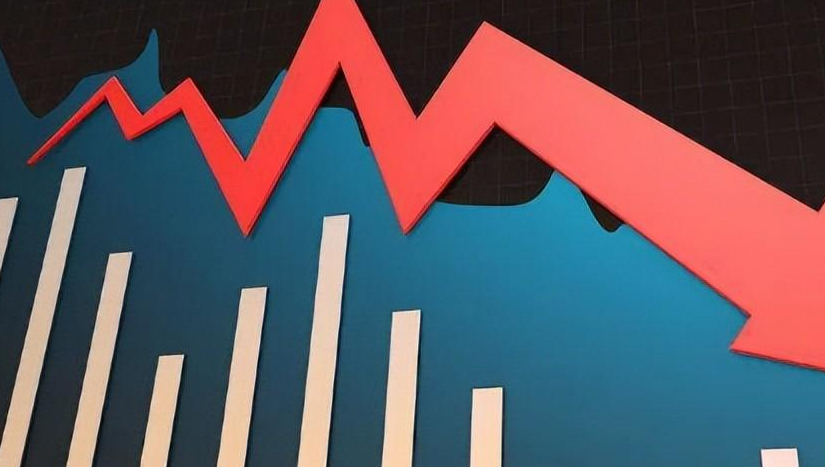Euro Experiences Continuous Decline
Advertisements
In the intricate dance of global economic currents, the European Central Bank (ECB) remains a focal point, especially regarding its monetary policy decisions. Recently, Olli Rehn, the Governor of the Bank of Finland and a member of the ECB's governing council, articulated his views on the current economic landscape and the direction of monetary policy. Rehn observed that the efforts to curb inflation have gained traction; however, this progress is tempered by a noticeable weakening in economic growth potential. Given this complex economic scenario, he argues that the rationale for continuing interest rate cuts is sound. As a prominent advocate for lowering rates, Rehn had previously voiced his stance in December, indicating that the course of monetary policy is clear. He emphasized that the speed and magnitude of any rate cuts would be carefully determined at each ECB meeting, informed by the latest economic data and thorough analysis.
The significance of these statements cannot be overstated, particularly concerning the euro, which plays a critical role in international financial markets. Any commentary from ECB officials regarding potential rate cuts is akin to tossing a boulder into a tranquil lake, sending ripples throughout the market. For traders, such remarks intensify expectations of euro depreciation. Lower interest rates typically diminish a currency's allure, driving capital towards currencies with higher yields, which could lead to selling pressure on the euro within the foreign exchange markets.
Recently, Philip Lane, the chief economist of the ECB, indicated that further rate cuts might be on the horizon to fulfill the bank's commitment to price stability. His cautious yet supportive tone towards additional cuts has impacted market dynamics, contributing to the ongoing decline of the EUR/USD pair. The euro reached a low of 1.0176 yesterday, leaving only a narrow margin of 176 basis points before hitting the parity mark of 1:1, an important psychological threshold for traders.
Looking ahead, projections suggest that the ECB could implement a series of interest rate cuts in 2024, totaling four reductions of varying intensity: 25 basis points, 60 basis points, 25 basis points, and another 25 basis points. The initial response to economic turbulence was characterized by a 'panic' reaction, as the ECB sought to amplify rate cuts to avert an unexpected downturn in the macroeconomy. By the time of the third cut, signs of renewed faith in the macroeconomic outlook emerged, allowing the bank to revert to the more measured pace of 25 basis points per adjustment.
Meanwhile, the Federal Reserve also contemplates rate cuts, yet the anticipated frequency and scale are likely to remain well below that of the ECB. Insights from the U.S. Treasury market point to potential inversions in yield curves over the next year—such as the 3-month yield at 4.31% being lower than the 8-week yield, and the 52-week yield at 4.22% being under the 6-month yield of 4.33%. Given that the expected number of Federal Reserve rate cuts is fewer than those projected by the ECB, the euro is more likely to depreciate against the dollar.

From a technical analysis perspective, examining the euro at the daily level reveals concerning trends. Since December 17, the moving averages (MA) are arranged in a classic bearish formation, with MA5, MA10, and MA20 indicating a sustained downtrend. The latest support level established on January 2 at 1.0223 has already been breached, suggesting that the bearish trend is far from reaching its nadir and that there is a significant probability for the downtrend to continue. Interestingly, during this downward trajectory, some candlestick patterns exceeded the MA20 line. Although these instances eventually receded, creating new short-term lows, they likely disturb traders' sentiment regarding holding positions.
Analyzing the market structure, the euro has established a mid-term peak at 1.1208 on September 30, 2024. By connecting this to the candlestick high on November 6, we obtain trendline A, while connecting it to the high on December 6 yields trendline B. Present market behavior aligns more precisely with trendline B, suggesting this will more accurately characterize ongoing developments. Until there is a decisive break above this trendline, maintaining a bearish view for the euro's mid-term outlook appears prudent.
Delving deeper into technical indicators, the most recent Relative Strength Index (RSI) for the euro stands at 34.88. While this figure sits above the oversold threshold of 20, it still hovers at a relatively subdued level. Generally, an RSI above 50 is interpreted as a strong market signal, while below it implies weakness. Therefore, the current RSI reading suggests a bearish trend. Looking at the stochastic indicator (KDJ), its latest readings of 27.83 and 25.66, both above the 20 oversold line, further confirm a state of market decline, as the crossing of slow and fast lines usually indicates growing bearish momentum.
In conclusion, when synthesizing insights from these critical technical indicators, the prevailing atmosphere for the euro remains one of dominance by bearish trends, with the market showing little immediate promise of revival. As the ECB navigates these uncertain waters, traders will continue to watch for signals and shifts, ever-prepared to adapt to the ongoing economic narrative intertwined with central bank policies. As always, the market carries inherent risks, and prudence in investment strategies remains essential.
Risk warning, disclaimer, special statement: The market carries risks; investment should be approached with caution.